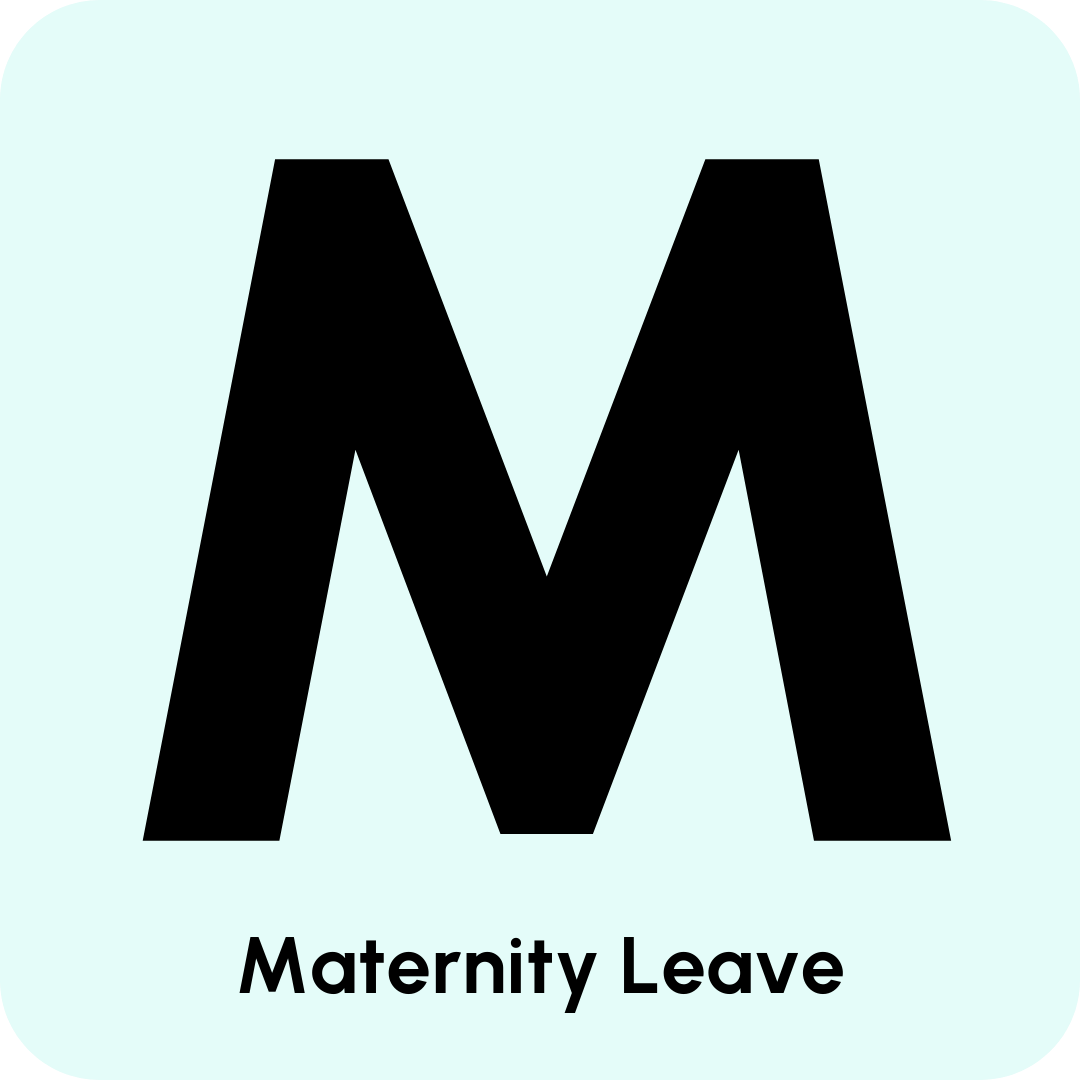Why does Maternity Leave matter for your business?
For SMEs, maternity leave requires careful planning and sensitivity. It impacts workforce planning, budgets, and employee engagement.
Risks of poor management include:
- Legal claims – Discrimination or unfair dismissal linked to pregnancy/maternity can result in costly tribunal claims.
- Low morale and disengagement – Mishandling maternity leave can damage employee trust and company culture.
- Reputational damage – Negative experiences can affect employer branding and recruitment.
Benefits of managing maternity leave well include:
- Demonstrating compliance with employment law.
- Supporting employee wellbeing and family life.
- Encouraging loyalty and retention by showing care during key life stages.
- Attracting talent by building a reputation as a family-friendly employer



